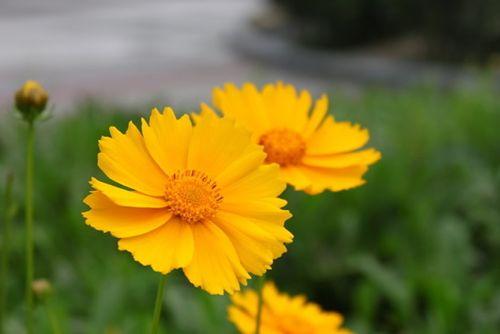Casuarinaceae, also known as the Australian Pine family, has an interesting story. Despite their name, these trees are not actually pine trees and are native to Australia and surrounding areas. Casuarinaceae trees have unique needle-like leaves and produce small, brown fruit that resembles pine cones. The wood of the Casuarinaceae is highly valued for its strength and durability, and has been used for boat building and as a source of timber. In addition, the Casuarinaceae family has a special relationship with certain species of birds, such as the emu, which use the trees for shelter and nesting. Overall, Casuarinaceae trees are an important and fascinating aspect of Australia’s natural environment.
Picture
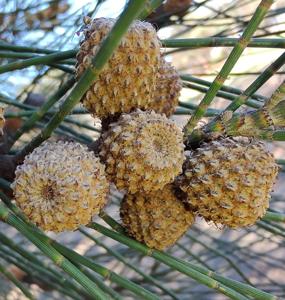
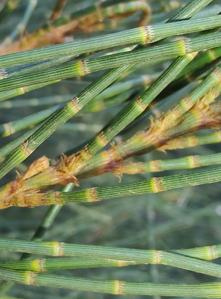
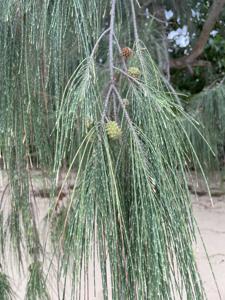
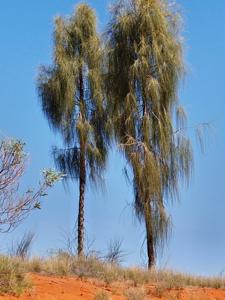
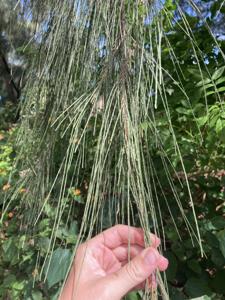
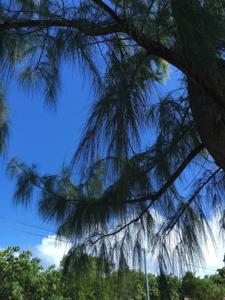
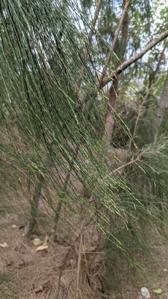
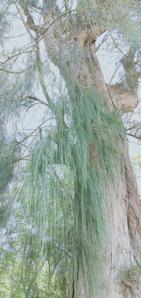
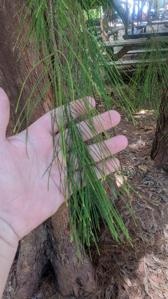
Plant some seeds now!
Short Description
The Casuarinaceae are a family of dicotyledonous flowering plants placed in the order Fagales, consisting of four genera and 91 species of trees and shrubs native to eastern Africa, Australia, Southeast Asia, Malesia, Papuasia, and the Pacific Islands. At one time, all species were placed in the genus Casuarina. Lawrence Alexander Sidney Johnson separated out many of those species and renamed them into the new genera of Gymnostoma in 1980 and 1982, Allocasuarina in 1982, and Ceuthostoma in 1988, with some additional formal descriptions of new species in each other genus. At the time, it was somewhat controversial. The monophyly of these genera was later supported in a 2003 phylogenetic study of the family. In the Wettstein system, this family was the only one placed in the order Verticillatae. Likewise, in the Engler, Cronquist, and Kubitzki systems, the Casuarinaceae were the only family placed in the order Casuarinales.
Members of this family are characterized by drooping equisetoid (meaning “looking like Equisetum”; that is, horsetail) twigs, evergreen foliage, monoecious or dioecious and infructescences (‘fruiting bodies’) cone-like, meaning combining many outward-pointing valves, each containing a seed, into roughly spherical, cone-like, woody structures. The roots have nitrogen-fixing nodules that contain the soil actinomycete Frankia.
In Australia, the most widely used common name for Casuarinaceae species is sheoak or she-oak (a comparison of the timber quality with English oak). Other common names in Australia include ironwood, bull-oak or buloke, beefwood, or cassowary tree.
The Shire of Buloke in Victoria, Australia, is named after the species Allocasuarina luehmannii.


